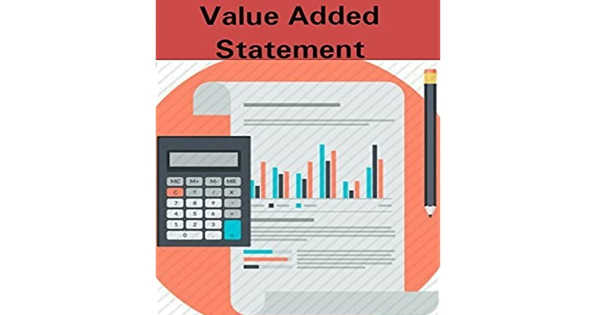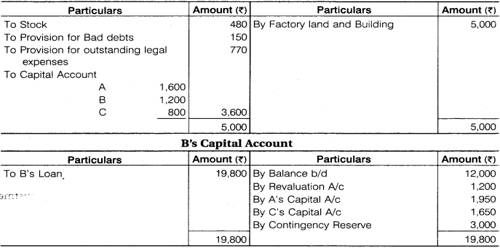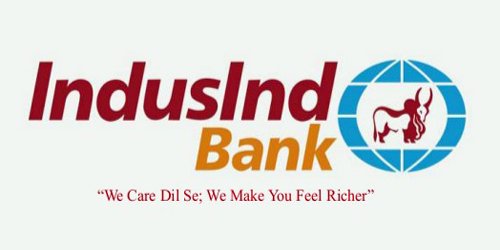A value added statement (VAS) is a statement that shows a company’s net added value over a specific time period on its total transactions. The primary goal of a value added statement (VAS) is to determine how much of the total net value was added and how it was distributed to the value contributors. As a result, a value added statement (VAS) is considered a component of social responsibility accounting. A value added statement demonstrates the wealth or value created and attributed to all stakeholders, not just shareholders.
The income statement reports on the income of shareholders, whereas the value added statement (VAS) reports on the income of a large group of stakeholders, including all capital providers, employees, and the government.
Objectives of Value Added Statements
The main objectives of preparing Value Added Statements are:
- To denote the value or wealth created by a business. In some ways, it demonstrates the organization’s ability to generate wealth.
- To demonstrate how the wealth created is distributed among employees, shareholders, and the government. The pattern of value addition distribution is well understood.
- To show how the organization contributes to national income.
- Using it as a foundation for inter- and intra-firm analysis, preparing financial plans and targets, and developing productivity-linked incentive schemes.
Advantages of Value Added Statements
The following are some of the advantages of Value Added Statements:
- Reporting on VA improves employees’ attitudes toward their employers. This is because the VA statement reflects a more comprehensive view of the company’s goals and responsibilities.
- A VA statement makes it easier for the company to implement a VA-based productivity-linked bonus scheme for employees. Employees may be given a productivity bonus based on their VA/payroll ratio.
- VA-based tools (for example, VA/Payroll, taxation/VA, VA/sales, and so on) are useful diagnostic and predictive tools. Trends in VA ratios and international comparisons with other companies may be useful.
- A VA statement is a document that connects a company’s financial accounts to national income. The VA of a company indicates the company’s contribution to national income.
- Finally, the VA statement is built on the same basic conceptual foundation that is used in the balance sheet and income statement. Going concern, matching, consistency, and substance over form are all concepts that apply to the VA statement.
Criticisms and Limitations
It is argued that, while the Value Added Statements demonstrate the application of VA to various interest groups (such as employees, government, shareholders, and so on), the risk associated with the company is borne solely by the shareholders. In other words, employees, the government, and outside financiers are only interested in obtaining a stake in VA, but when the company is in trouble, the entire risk is borne solely by shareholders.
As a result, many academics are questioning the concept of demonstrating value added as applied to various interested groups. They argued that because shareholders are the ultimate risk-takers, any residual profit remaining after meeting the obligations of the outside interest group should only be shown as value added to the shareholders.
















